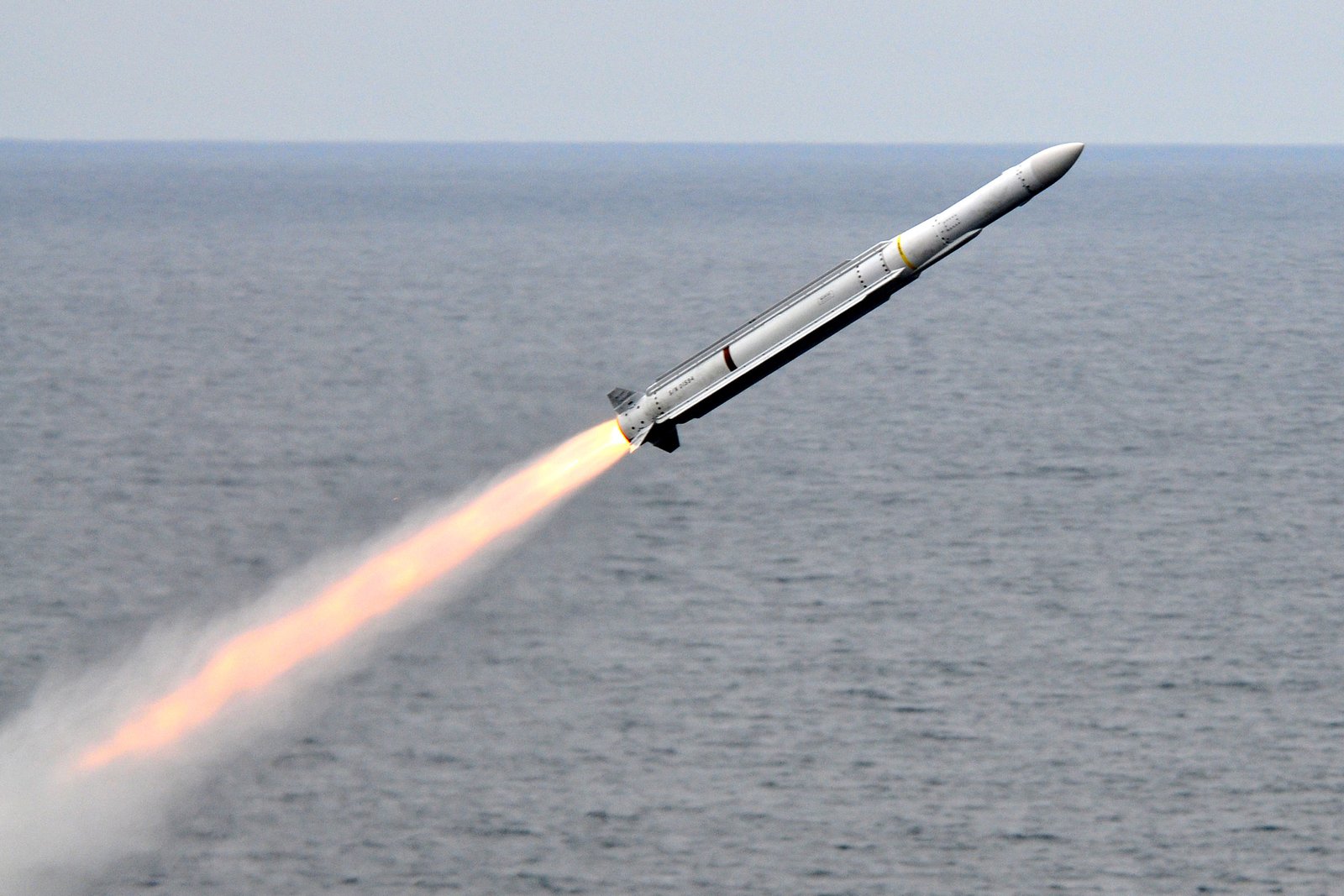North Korea has publically avowed that it was able to “successfully” launch yet another medium-range ballistic missile this past Sunday. This news comes as an especially relevant concern considering the recent increase in tensions and threats of the belligerent nation towards the United States.
The North Korean state-rune news agency, commonly known as KCNA, has rather alarmingly revealed that the weapons are currently ready to be deployed for military action, if need be. Being that the declaration was made prior to the latest known missile test, it comes as a confirmation of the victory of the launch.
Although the results are not necessarily positive, comfort arises from the White House assertion that the allegedly triumphant missile had a shorter range than those used in North Korea’s three previous tests.
This test comes a mere week following a test conducted by North Korea regarding what it claimed to be a novel type of rocket with the capacity to carry a large nuclear warhead—a relatively expected move that substantiates the hostile country’s recent threats to retort any aggression on the part of the United States, particularly with a warhead that could be launch from North Korea and reach the mainland United States.
This past Monday, the United Nations Security Council repeated their demand that Pyongyang cease to conduct further tests of this nature. Unfortunately, however, it appears unlikely that North Korea will adhere to this appeal based on their recent course of action.
The United Nations Security Council emphasized the vitality of North Korea “immediately showing sincere commitment to denuclearization through concrete action.”
The Council is presently scheduled to meet privately on Tuesday as part of a meeting requested by the United States, South Korea and Japan.
North Korean leader Kim Jong-Un supervised the launch of the Pukguksong-2 missile on Sunday, according to KCNA, adding on that he had “approved of the deployment of this weapon system for action.”
At a previous time, South Korea’s foreign ministry had divulged its opinion that the launch was “reckless and irresponsible.” Meanwhile, United States Secretary of State Rex Tillerson pronounced it to be “disappointing” and “disturbing.”
The most recently launched test missile flew about 560km (350 miles) in the direction of the Sea of Japan, according to South Korea’s Joint Chiefs of Staff. Comparatively, last week’s missile travelled about 700km.
Japanese news agencies have speculated that the missile likely fell into the sea right outside of Japanese waters.
Japan’s Chief Cabinet Secretary Yoshihide Suga stated in a news conference that a protest had been sojourned with North Korea.
North Korea has a considerable reputation for developing both nuclear weapons and potent missiles, which it makes no attempt to conceal. The belligerent nation has carried out a total of five nuclear tests, and has been paying particular attention to the development of missiles capable of delivering those weapons to their target. Both of these acts are done in defiance of United Nations sanctions directed particularly towards the nation.
South Korea declared that the latest test was carried out in the Pukchang, located in the west of the country. This is the same location of another recently conducted test culminated in the missile exploding soon after being launched.
This past Sunday, North Korea’s state-run media source had stated that it would consistently launch an increasing amount of “weapons capable of striking” the United States.
In the beginning of May, the United States revealed that a missile defense system, commonly referred to as Thaad, which it had installed in South Korea, was now operational.
The Thaad system is capable of intercepting North Korean missiles, despite the fact that full operational capability is still a certain amount of months away. North Korea and China have openly spoken against the installation of the system.
However, there is no evidence to prompt the belief that Thaad was utilized against the missile tested on this past Sunday.
Newly-elected South Korean President Moon Jae-in, who is procuring a more profound and extensive engagement with North Korea, has summoned a crucial meeting of his national security council in response to the concerning action by its northern neighbor.
This would be the tenth detected missile launch by North Korea so far this year. Alarmingly, outside experts concur that the nation is making concrete progress in its openly declared intent of being able to strike the mainland United States with its nuclear weapons.
Although it has not been victorious at such a feat yet, the most recent tests have been of missiles capable of reaching American bases in the Western Pacific, with the exception of some failures.
There is powerful pressure on Kim Jong-Un from the United States, which is currently attempting to garner the support of China in easing tensions with North Korea. Recurrent and more numerous testing of missiles, despite prohibition by the United Nations, denotes that the North Korean leader sees no problem in being able to openly defy and rebel against such pressure.
Featured Image via Wikimedia.












































